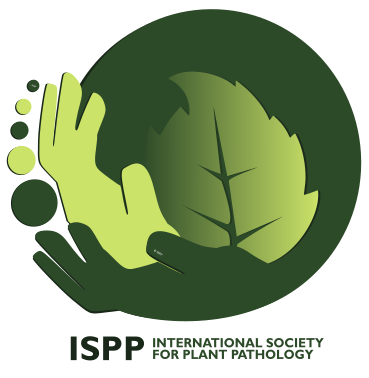|
Glenn Anderson and the Lecture in his Name
The Glenn Anderson Lecture was first given at joint meetings of the Canadian
Phytopathological Society (CPS) and American Phytopathological Society (APS) in
honour of Robert Glenn Anderson, the eminent Canadian agricultural scientist,
who played a major role in the green revolution. The lecture series, on the
security of world food supply, was approved by CPS and APS in 1986, and an
endowment fund was then established. It was planned that the Lecture would be
presented at joint meetings of the two societies. A joint meeting under the CPS
Presidency of Verna Higgins at Grand Rapids, Michigan, provided the first
occasion since the initiation of the fund and Norman Borlaug presented the first
Lecture. See: Verna J Higgins (1990) “CPS and APS Sponsor the Glenn Anderson
Lecture on Security of the World Food Supply” Plant Disease 74 (6) 400.
More recently, the Lecture has been given at some International Congresses of
Plant Pathology (ICPP). One such Lecture by E R Terry in a Plenary Session at
ICPP1998 was published as “Ecological stability and crop protection: a case for
investment in technological alternatives” Plant Pathology” (1999) 48 (6)
679–688.

After service with the Royal Canadian Air Force, Glenn Anderson began his
scientific career in 1946. He first studied entomology and then plant breeding
and genetics. After a brief period as a faculty member at the University of
Saskatchewan, he joined Agriculture Canada and studied the genetics of rust
resistance in wheat. By 1958, he had become a Senior Research Officer at the
Canada Department of Agriculture in this work.
In 1964, Norman Borlaug recruited Glenn and his wife Roberta to help lead an
accelerated wheat improvement program being established in India. This was
collaboration between the Indian Council of Agricultural Research (ICAR), the
Rockefeller Foundation, and the newly formed International Maize and Wheat
Improvement Center (CIMMYT). Glenn served as the Joint Coordinator of the
All-India Coordinated Wheat Program from 1964 to 1971. When Glenn arrived in
India, the country had a 5 to 8 million ton wheat deficit that was steadily
worsening, as food demand increasingly outpaced supply. Working closely with
Indian wheat scientists under Dr M S Swaminathan, then head of the Department of
Botany at the Indian Agricultural Research Institute in New Delhi who later
became director of the Indian Council of Agricultural Research and director
general of the International Rice Research Institute (IRRI), Glenn helped to
lead a research and production effort that put bread into the mouths of tens of
millions, leading to the invention of the term “Green Revolution” by the press.
In 1971, Glenn was appointed Deputy Director of the CIMMYT Wheat Program,
based in Mexico. Then when Norman Borlaug retired as Director in July 1979,
Glenn assumed the Directorship of CIMMYT's Wheat Program.
Robert Glenn Anderson had a relatively short life dying at the age of 57 in
1981, when he was Director of the CIMMYT Wheat Program. He became ill on a field
mission to Zaire and was taken to Madrid and then home to Winnipeg where he
died.
Much of this information has been obtained courtesy of Dr Anthony Hopkin of
CPS who made available the paper Borlaug N E (1992) “World food security and the
legacy of Canadian wheat scientist R. Glenn Anderson”, Canadian Journal of Plant
Pathology 14 (4) 254—266.
| 
